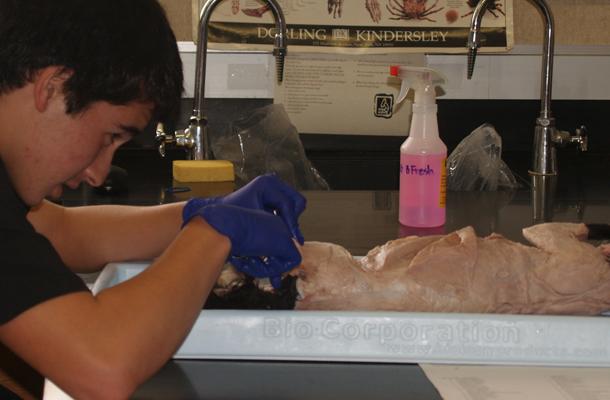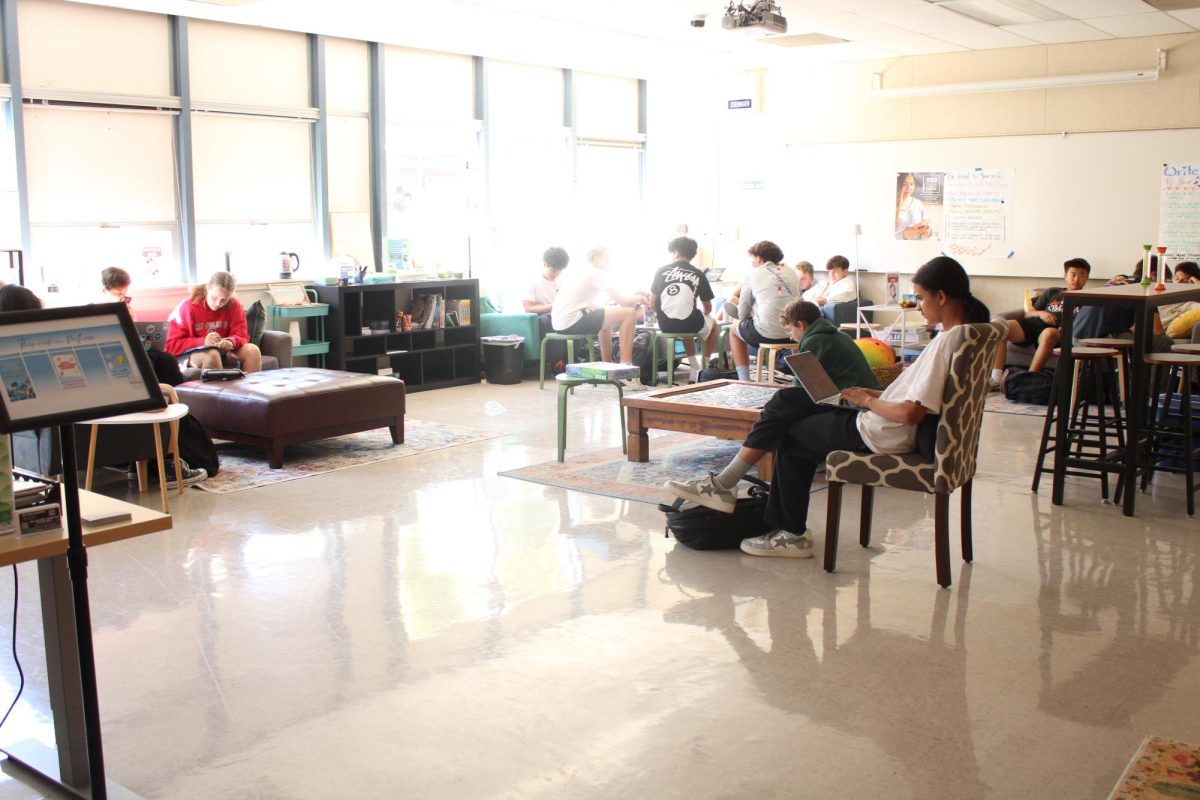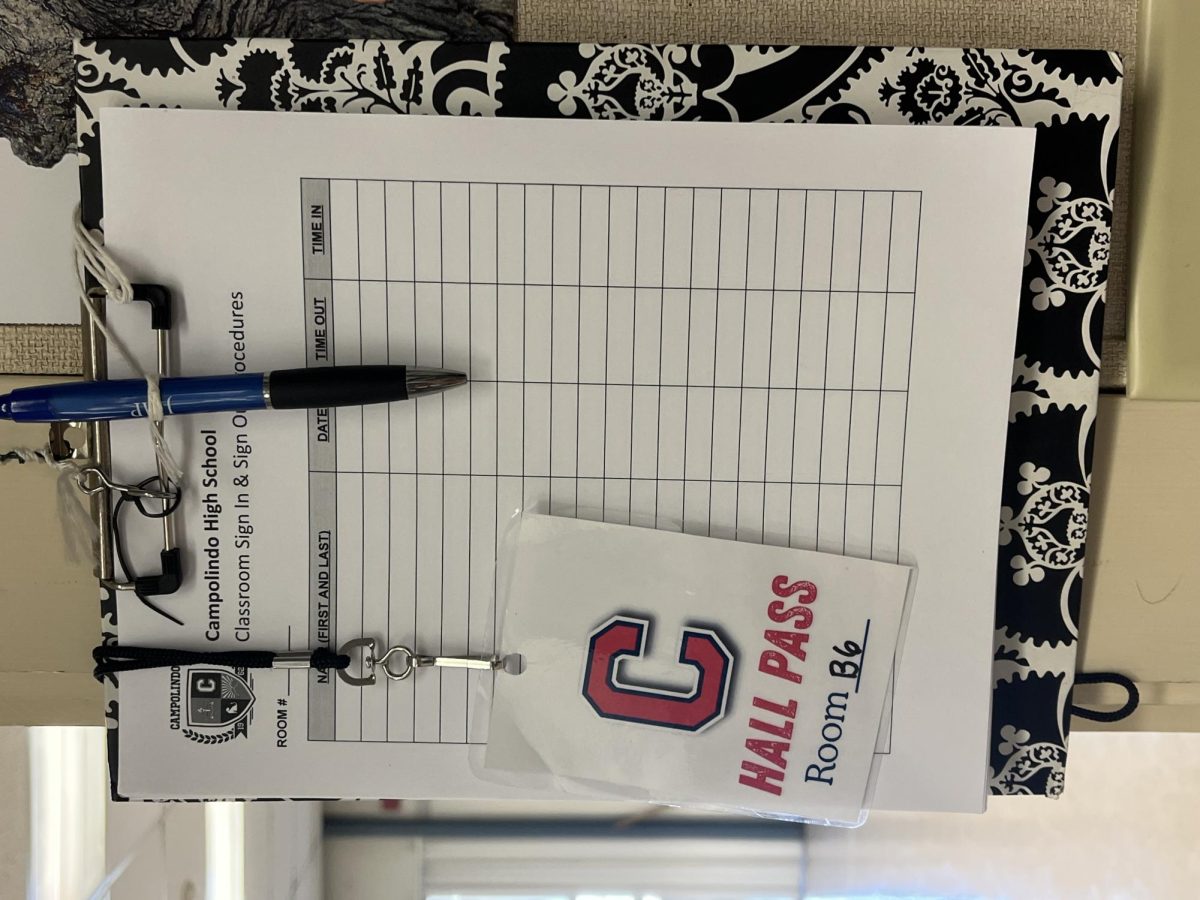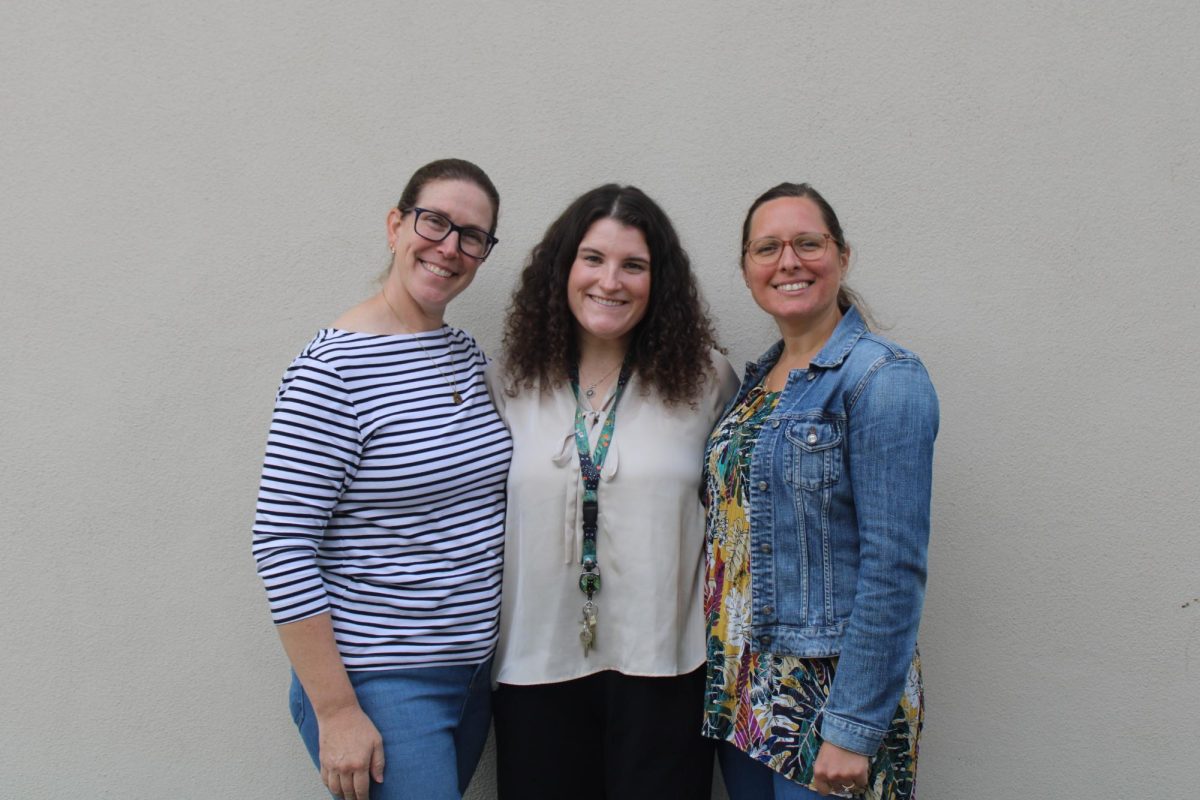Roxanna Jackman’s Physiology classes are dissecting cats. The aim of the project is to cultivate knowledge about tissues and muscles.
Jackman orders the cats from Nasco, a company that promotes education through the delivery of dissection materials. They collect cats that have been put to sleep at animal shelters, prepare then for dissection, and preserve them.
Students received dissecting tools, such as scalpels and hemostats to use on the project.
Students work in groups of 3 or 4 on each cat. According to senior Phoebe Davis, they use the same cat each day. “We looked at different muscles each day on the cat,” she said.
This year, the quality of the cats is not as high a previous years. “The quality of the muscles isn’t really that good in some of the cats. Some of them are really dried out and they’re hard to disect,” said Jackman. Jackman says that next year, she will begin ordering cats from a different website.
Each year, Jackman asks her students if they would like to do the project again, so the time and money invested in the project is not in vain. “Overall they say yes; it’s one of the more memorable, powerful learning experiences, so I will probably keep doing it,” Jackman said.
Jackman believes that learning about tissues is a hands-on experience. “They read about tissues and hear about them but when they actually dissect is when they really experience, ‘what does this tissue feel like, what does it look like?’ and they learn a skill of how to pull and separate things apart and they really get a lot better at it,” she explained.
At the beginning, students are not used to the finesse required for tissue dissection, and often cut out entire chunks. Therefore, Jackman has begun inviting her husband to help out in the classroom, teaching the students how to repair accidental cuts with stitching.
Her husband, Martin Jackman, is a dentist so he has experience with suturing. “Roxanna wanted me to come in and get a hand at showing how to put the mistakes back together, what we do in the real world when we suture,” he said.
At first, students may be disgusted by the thought of dissecting an animal that was once a pet but in the end they are rewarded. According to Jackman, they feel accomplished for having acquired a new set of skills, including how to do sutures and seperate tissues.
Students also learn about comparative anatomy. “We mix in working on the cats with studying the muscles on humans, so having to learn about naming the muscles in their own body, they’re comparing the muscles they’ve learned in themselves to the ones they’re studying on the cat,” explained Jackman.
Senior Omid Boozarpour has dissected the leg, arm, and chest muscles of his cat, and has discovered that cats have many of the same muscles that humans do. “We’re just trying to find all the different muscles of the cat that correspond with the muscles on the human body,” he said.
Although Jackman’s Biology classes do not dissect cats, they are still witness to the aromatic process of decomposition. The cats are kept inside garbage cans in the classroom in order to reduce decomposition caused by oxygen. The cats also contain non-carsinogenic chemicals designed to reduce bacterial growth. “I like to do dissecting before it gets warm, because I think the smell is less. But this year has been warm. I’m kind of worried about my cats rotting,” said Jackman.
At this point, students are completing the dissection process and preparing for a lab practical on March 11. The cats will be displayed at 8 lab stations, and students will be tested on their knowledge of both cat and human muscles. They will be expected to identify the muscle by name, identify its function and its points of attachment. They will be tested on about 30 cat and 40 human muscles, and later will be quizzed.
At the end of the unit, students will share the cats that have not been lacerated beyond repair with the class. “We’re going to post them online and use them to study for our lab practical,” said senior Marcella Purtill.






